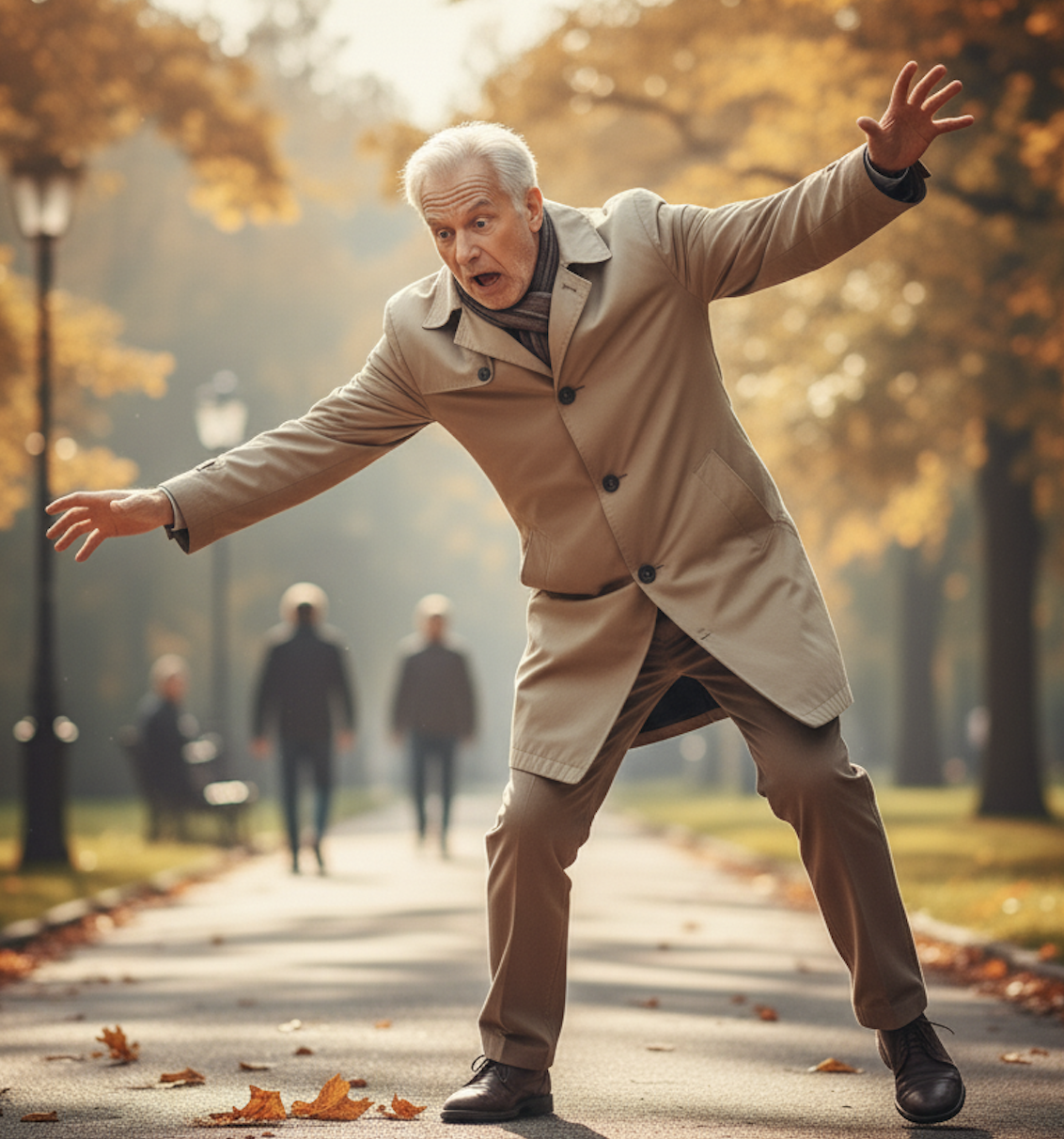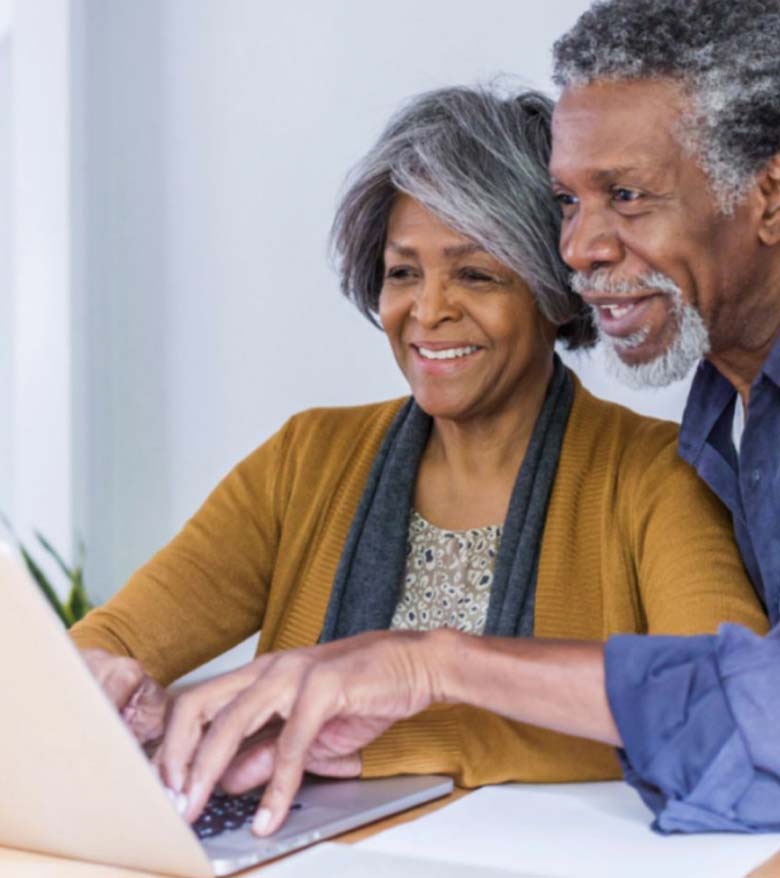Risks And Benefits: Understanding Your Risk of Falling And The Fall Prevention Benefits Of New Technologies
November 5, 2025

While aging itself is not a reason you’re at risk for falling, so many of the health and medical circumstances you face as an older adult do raise your risk. Consider some of these basic facts: From 1990-2021, there was a 182% increase in falls globally, with projections that the number will continue to rise until at least 2040. Falls account for about 684,000 yearly deaths globally, and in the US, one in four adults 65 and older experiences a fall each year, with about 37% of those resulting in injuries requiring medical care or causing activity limitations. For those over 80, nearly half experience a fall each year, and once you have fallen, you are at risk of another fall within 12 months. Older women tend to experience more falls than men, but older men tend to experience more serious outcomes. As Professor Bernard Isaacs, who was recently quoted in a Cureus article concerning safety and falls, once said, “It takes a child one year to acquire independent movement and ten years to acquire independent mobility. An old person can lose both in one day.” So, the risks of a fall for older adults are nothing to dismiss and require vigilance and pro-active efforts, however possible. For our previous agebuzz posts on falls, balance, and fall prevention, steady yourself and click here.
What should you consider when thinking about whether you are at risk of falling? There’s no doubt that lower body strength and balance play a critical role, along with visual and hearing impairment, safety hazards in your home, the medications you take, and the food you eat. So, beyond regular exercise and strength training to help keep you upright and balanced, and assessing your home environment for tripping hazards and safety precautions, you need to keep to a proper diet, address vision and hearing impairment, and monitor medication interactions, as all become critical to lowering your risk for falling. In fact, for those of you who have unaddressed cataracts, a recent study published in Ophthalmology reported that cataract surgery can significantly lower your risk of a fracture (from falling). When it comes to medications, such common prescription drugs as antidepressants, blood pressure medications, anti-anxiety drugs, and anticonvulsants (like Gabapentin) all may increase your risk of falling. Some data show that 65-93% of older adults who sustain a fall-related injury were taking at least one FRID (fall-risk increasing drug) at the time of their injury. A new study in Lancet Regional Health-Americas also reports that regular use of sleep medications in older adults increases the risk of falling and that reducing those prescriptions or avoiding them altogether would reduce the lifetime incidence of falls by 8.5%. It’s clear that there are innumerable factors and circumstances that can increase any one individual’s risk for falling. How do you know what you should ask your doctor about your own risk of falling and how to take precautions? Fortunately, Health in Aging has a good list of queries to pose to your provider. So grab a pen and paper, and start your question list by looking here.
Beyond the proven benefits of exercise, balance training, better sleep, and a healthy diet, there are newer tech-driven options to prevent falls, lower your risk, or send alerts if, by chance, you fall and need help. US News recently compiled an extensive list of available tech-supported options to help limit your risk and respond if you’re in trouble. Among the items they describe are a wide array of wearables, smart home devices, in-home safety devices, motion monitoring systems, and even smart shoes and insoles. Futurity recently highlighted the development of an in-shoe sensor that, using Bluetooth to your smartphone, will be able to monitor your gait and track data that can detect changes in your walk that could indicate a risk of falling. Many senior residences and facilities have already taken up the tech mantle and installed monitoring devices (with consent) in the rooms of residents who may need oversight to prevent injury-causing falls. Sensors can now detect gait changes and walking patterns to suggest an imminent fall risk or even alert staff to a fall, thereby not relying on an injured resident to cry out for help or try to reach a call button. There are ways these sensors can work without violating privacy or intimacy, yet protect those who could suffer a devastating fall. While none of these tech solutions replace human support, monitoring, or assistance, they can, along with other prevention options mentioned, be that extra level of attention that could mean the difference between a dangerous fall and an avoided injury. When it comes to predicting and preventing falls, most of us need all the help- human or otherwise- we can get.







